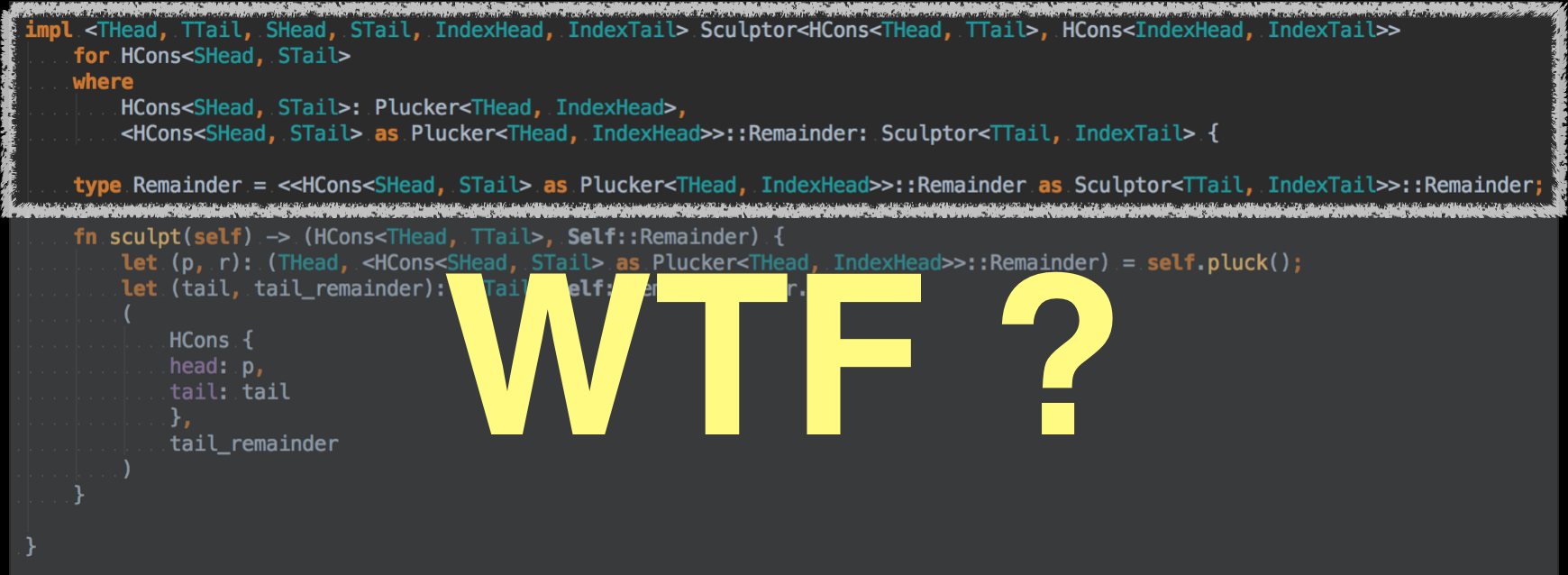Containerising an Octopress 2.0 Blog
This blog was started almost 11 years ago, on Octopress 2.0. It was a different world: Ruby 1.x was king of the hill, and Docker wasn’t even a thing yet. It was an amazing thing to use.
Over the years, every time I switched machines, I noticed it was getting harder and harder for me to get the blog and in particular Octopress 2.0 working on it. It was plagued by incompatibility between system versions, tooling, and dependencies on various levels (OS, Gem, Ruby, etc), but I was also getting more and more out of touch with the Ruby world, having long jumped over to other languages.
Still, I loved this Markdown-based blog, and didn’t think it was time to move to a newer version (Octpress 3.0) or another tool (I’d heard good things about Hugo). I simply didn’t have the time to upgrade or port, nor did I feel the need to: it may be using old versions of things, but at the end of the day, it was generating and deploying simple static HTML files that get served. Finally, this year, I decided to take a stab at containerising it so that I could hopefully easily keep using it for years to come (and lose another excuse to not write..).

Structural Typing in Rust
Have you ever wanted to write a structurally typed function in Rust? Do you spend a lot of time and effort getting your Rust structs just so, and want to DRY-out data access for common field paths without declaring a new trait and implementing it for each struct (let’s say, Cat and Dog both have a name: String field)? If so, read on.

This post talks about how we can leverage LabelledGeneric to build Path traversers (functionally similar to lenses), and use them to write clean and performant structurally typed functions with all the compile-time safety that you’ve come to expect from Rust.
Rust: A Scala Engineer’s Perspective
The 1st year anniversary of my first line of Rust code is coming up, and it’s getting for 5 years since I wrote my first line of Scala code. I thought it would be a good idea to summarise my Scala-tinted perspective of The Rust Experience TM, one year on.
 Rusty spiral staircase by Jano De Cesare
Rusty spiral staircase by Jano De Cesare
This is not an objective language vs language comparison. I’ve written this post as part experience dump, part waymark for other Scala devs who are exploring or thinking of exploring Rust.
Boilerplate-free Struct Transforms in Rust.
The last several posts have introduced a number of abstractions, namely HList, Generic, LabelledGeneric, as well as pluck() and sculpt(). Although each of those have impressive party tricks of their own, I’d like to share how you can use them to write a reuseable, generic function that handles converting between structs with mis-matched fields and thus have different LabelledGeneric representations.

Unlike the last post, this one will be relatively light on recursion and mind-bending type-level stuff; it’s time to sit back and enjoy the fruits of our labour.
Gentle Intro to Type-level Recursion in Rust: From Zero to HList Sculpting.
Getting the type signature right was 99% of the work in implementing
pluckandsculptforHLists in Frunk.Here’s what I’ve learnt along the way: what works, and what doesn’t work (and why).
As you may already know, Rust eschews the now-mainstream object-oriented model of programming (e.g. in Java, where behaviour for a type is added to the type/interface definition directly) in favour of a typeclass-like approach (e.g. in Haskell where you can ad-hoc add behaviour to a type separate from the type definition itself). Both approaches have their merits, and indeed, some languages, such as Scala, allow for a mix of both.
For those coming from the OOP school of programming, Rust’s system of adding behaviour to types might be daunting to come to grips with. At a glance, it might not be obvious how to get things done, especially when what you want to build goes beyond implementing Debug or Eq. If your abstraction has a certain degree of type-level recursiveness, it might be even harder to see the light at the end of the tunnel, and the lack of online material covering that sort of thing doesn’t help.
As a Scala guy with Haskell knowledge, I’m no stranger to typeclasses, but it took me a while and several failed attempts to figure out how to implement the following:
- Plucking out a value by type from an HList and getting back the remainder **
- Sculpting an HList into another shape, and getting back the remainder (in the case where we only want a smaller subset than the original) **
Of course, the type signature of the finished product can be intimidating !

In this post, I’ll briefly introduce Rust’s trait system and present my mental model for writing trait implementations that deal with type-level recursion. To do so, I will go through how pluck() and sculpt() were written in Frunk, as well as recount some of my failed approaches so you can learn from my mistakes.
Hopefully, by the end of it, you’ll be able to look at signatures like the one above and not go “WTF”, but rather, “FTW”.
LabelledGeneric in Rust: What, Why, How?
What is LabelledGeneric? How does one encode type-level Strings in Rust? What is a labelled HList?
Hold on, let’s take a step back.
In a previous post about implementing Generic in Rust, I briefly mentioned the fact that Generic could cause silent failures at runtime if you have 2 structs that are identically shaped type-wise, but have certain fields swapped.
While we can work around this using wrapper types, that solution leaves something to be desired, because, well, more boilerplate adds noise and requires more maintenance.
Ideally, we want to have something like this, where the following works:
1 2 3 4 5 6 7 8 9 10 11 12 13 14 15 16 17 18 19 20 21 22 | |
but the following fails at compile-time because the fields are mis-matched (first_name and last_name have been swapped):
1 2 3 4 5 6 7 8 9 10 11 | |
The solution to this sort of problem has been in Shapeless for some time; by using HLists where each cell contains not just a value, but instead hold named fields, where each value is labelled at the type level.
Let’s take a look at how Frunk implements Field values and LabelledGeneric in Rust :)
Rust Generic (Not Generics)
Have you ever wanted to convert Hlists into Structs or to reuse logic across different types that are structurally identical or very similar (e.g. same data across different domains)? Generic can help you do that with minimal boilerplate.

Generic is a way of representing a type in … a generic way. By coding around Generic, you can write functions that abstract over types and arity, but still have the ability to recover your original type afterwards. This can be a fairly powerful thing.
Rust Performance Testing on Travis CI
Rust describes itself as:
a systems programming language that runs blazingly fast, prevents segfaults, and guarantees thread safety. ### Featuring * zero-cost abstractions * minimal runtime *efficient C bindings
So, it’s likely that developers who choose to program in Rust are focused on performance. You can make sure your code is efficient by writing benchmarks, but in order to prevent performance regressions, you’ll need to run benchmarks on your Pull Requests or patches and somehow compare before and after. Doing this can be tedious, especially as the changeset evolves over the course of code review or miscellaneous refactoring.

Let’s see how we can get automated benchmark comparisons across commits on Travis CI.
Accumulating Results in Rust With Validated
Rust comes out of the box with a Result<T, E> type in its standard library. For those not familiar with it, it is a union-like enum type where T is a type parameter denoting the kind object held in a Result in the success case (Result::Ok<T>), and E is a type paramter denoting the kind of error object held in the failure case (Result::Err<E>). In Scala, this is represented in the standard library as Either[+A, +B], where the the success and error type params are swapped (traditionally, the one on the left stands for error and the one on the right is…well, right).
By default, Result comes with really good support for what I call “early return on error”. That is, you can use map, and_then (flatMap in some other languages) to transform them, and if there’s an error at an intermediate step, the chain returns early with a Result::Err<E> :
1 2 3 4 5 6 | |
But .. what happens when you have multiple Results that are independent of each other, and you want to accumulate not only their collective success case, but also all their collective errors in the failure case?

Let’s have a look at Validated in Frunk (which is itself inspired by Validated in Cats)
Rust HLists (Heterogenous List)
A heterogeneous list (henceforth “HList”) is a useful abstraction that is implemented in many statically-typed functional programming languages. Unlike normal list-like structures (e.g. Vec, Slice, Array), a heterogenous list is able to hold elements of different types (hence heterogenous) and expose those types in its own type signature.
1 2 | |
Now, you might be thinking “Isn’t that just a tuple?”. The answer is: in a way. Indeed, in terms of data structure, a given implementation of HList is usually really nothing more than deeply nested pairs (tuple of 2 elements) that each hold an element of arbitrary type in its 1st element and knows that its 2nd element is itself an HList-like thing. While it may seem convoluted, HList buys us the ability to abstract over arity, which turns out to be extremely useful, as you can see from this Stackoverflow answer by Miles Sabin, the creater of the Shapeless library, which provides an HList implementation in Scala.
Given that description and justification for the existence of HLists, let’s take a look at how to use Frunk’s implementation of HList in Rust.